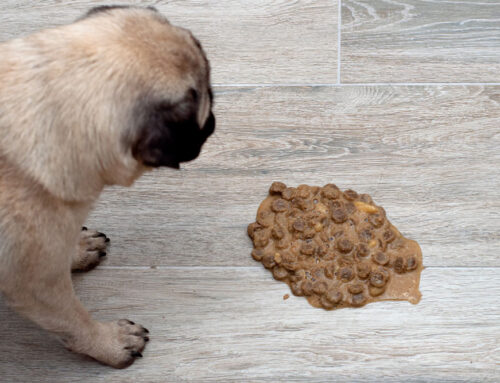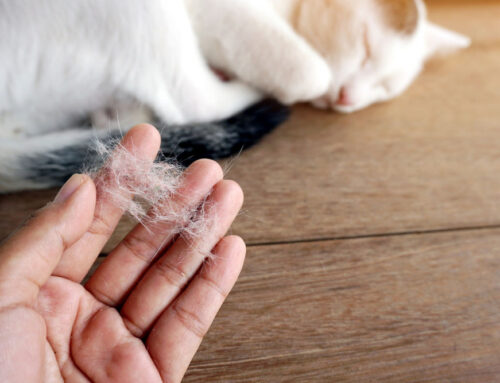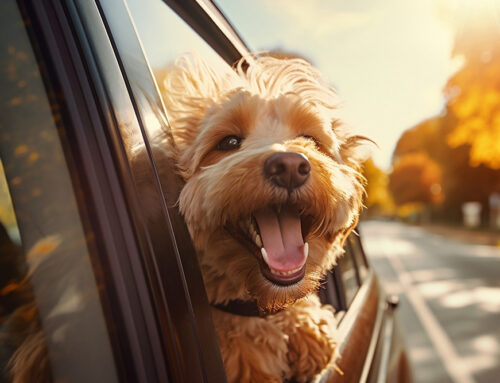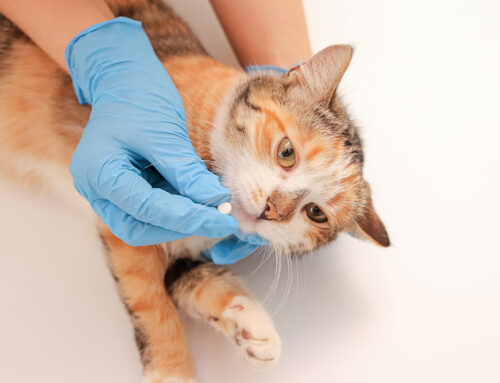Cats are naturally finicky animals and may boycott unfamiliar tastes, smells, or textures, which means that convincing them to drink more water is often a challenge, despite the benefits. Hydration is key to overall health and may help prevent kidney, urinary, or gastrointestinal (GI) conditions in cats. The WesVet Animal Hospital team wants cat owners to understand the importance of encouraging water consumption and we provide practical ways to achieve this goal.
Why water consumption matters for cats
Cats are prone to several common medical conditions that dehydration can cause or exacerbate. Drinking more water can reduce chronic disease signs or, in some cases, prevent them altogether. Conditions that may improve in a cat who increases their water intake include:
- Feline lower urinary tract disease (FLUTD) — This collection of urine and bladder issues, including bladder inflammation, infections, and urinary crystals, can lead to chronic problems in affected cats. Increased water helps to dilute the urine and flush out irritating substances.
- Kidney disease — Chronic kidney disease (CKD) causes dehydration through excessive water loss. Drinking more can counteract some of these water losses and help flush the toxins that build up during kidney disease from the body.
- Diabetes — Like kidney disease, diabetes causes dehydration and increases a cat’s water requirements. Drinking more is necessary to maintain adequate water balance.
- Constipation — Dehydration can contribute to constipation by drying out stool contents, a common issue in older cats.
Why cats don’t drink enough on their own
The domestic cat’s ancestors were desert dwellers who didn’t need to drink much water, because they could meet their hydration needs by eating live prey. Domestic cats are genetically similar to those desert-dwelling ancestors and have a low thirst drive regulated by their brains. The difference now is that cats eat mostly a processed, dry kibble diet that contains far less moisture than live prey. To make up for this difference, cat owners must find ways to increase the water amount in their cat’s diet or encourage them to drink more water on their own.
Strategies to increase your cat’s water consumption

Increasing water consumption involves making the water taste better, smell better, or look more interesting, while also increasing access to water sources. Different cats will respond differently to each intervention and some trial and error will be necessary to find their preferences. Try the following:
- Add more water bowls — Add more bowls around the house so one is always close by for a quick drink.
- Consider water bowl placement — Place water bowls near food to encourage extra laps between bites, and ensure the bowls are in quiet, easily accessible areas, where other pets cannot disturb your cat.
- Try different water bowls — Some cats dislike certain bowl materials and may drink more from a different type. Try metal, glass, porcelain, and plastic bowls to see which your cat prefers.
- Replace fresh water daily — Most cats will not drink stagnant water that has been sitting out and collecting dust or hair. Replace the water frequently to reduce offensive tastes or odors.
- Add water to dry food — Adding water to dry food is an easy way to increase water consumption without changing the diet completely. Start with a small amount of water and gradually add more to help your cat accept the change.
- Feed canned food — Canned food has significantly more water than a dry kibble diet. Try introducing canned food slowly by adding small amounts to the dry food or in a separate dish and gradually phasing out the dry diet. Some cats may not accept a dietary change if they were not exposed to a similar food texture as a kitten.
- Try a water fountain — A cat water fountain keeps water clean and fresh with constant circulation and a built-in filter. Many cats are intrigued by moving water, so a fountain is a good option. Keep in mind that fountains require a weekly deep clean weekly and periodic filter changes.
- Visit the veterinarian — A check-up is in order if you notice a sudden change in appetite or thirst. Painful dental disease or GI conditions can cause your cat to eat or drink less.
- Try a water additive — Commercially available water additives make water taste more palatable to increase overall consumption. Ask our veterinary team about the best products.
Use our strategies to implement change in your furry feline pal’s life to increase their water consumption and improve their health. Contact the WesVet Animal Hospital team to schedule your cat’s next wellness visit. At the same time, we can provide additional personalized strategies to improve their overall wellbeing and disease resilience.







Leave A Comment